Setting the volleyball is an important part of the game. But this puts a lot of pressure on your hands. What are some of the best ways to set the ball without hurting your fingers?
The best option is to make sure that you are using the right technique. The ball should be hitting your fingers evenly, with a bend in the elbow helping you absorb the force of the blow. It can also be a good idea to tape up your fingers and do some exercises to build finger strength.
Learning how to set a volleyball is a vitally important skill. Keep reading to learn some of the best tips that you can use.

Why Do Finger Injuries Occur in Volleyball?
Let’s start by talking about why these injuries occur and what you can do about them. The good news is that volleyball poses a comparatively low risk of injury to players. There isn’t any contact with people on the opposing team.
However, that doesn’t mean that it is impossible to get injured. The most common way people get injured is when they are blocking or trying to spike the ball. Though setting has been also known to create a few injuries.
The main reason why your fingers can get hurt is because of a lack of technique. If your fingers aren’t in the right position, the force of the ball can do a lot of damage. Sometimes, though, you can get injured by accidentally hitting a teammate.
Using the Right Setting Technique
One of the most important things that you should do is learn the right technique when setting. First, you’ll need to consider where you are making contact with the ball. You shouldn’t be hitting it with the palm, it will need to fall into your fingers. You will need to follow this technique to get the correct hand placement:
- Bring your hands together. They should form a triangle formation, with the tips of your fingers touching.
- Contort your fingers to the shape of the ball.
- Spread your hands. There should be enough space for the ball to fit in. In this position, your hands should be over your head.
- Maintain a slight bend in your elbow. This will help cushion the impact. If you don’t do this, there is a risk that you will end up injuring your elbow.
- Contact the ball evenly. When the ball hits, you want it to hit both of your hands with the same amount of force.
- Push the ball. You will need to use your fingers to push the ball. As you are doing this, you should be focusing on removing as much spin as possible, so it lands where you want it to.
The way that the ball moves after being set will give you a better idea of how successful you were. For example, you might notice that it is spinning. This is a sign that you didn’t set the ball cleanly.
Ideally, you should be putting enough pressure on the ball to slow it down. This will make it easier for you to control. However, you’ll need to be careful about how you are doing this. If you are holding it for too long, there is a risk that you will get penalized for lifting the ball. While more lenience is given to this “deep-dish” type of set on the beach, indoor court rules are much more strict. Click here for 23 Tips to Become the Best Volleyball Setter ever
Practice Setting
Getting the right technique won’t come overnight. It is something that you will need to practice to get right. You’ll need to make sure that you are getting the right hand placement. Because of this, you might want to practice with a coach or teammate. They will look at your form and give you some pointers on how you can improve.
There are plenty of drills you can use when practicing your setting. One of the easiest is to use a cardboard box. Position it on the court. You should be able to get the ball to land in the same place each time. You can increase the difficulty by moving to box to a different position, or by using a smaller box.
It’s also important to think about the type of setter you are. Some people will find it natural to set the ball faster. Others will want to go a little slower. By practicing you’ll find a rhythm that suits you.
Plus, practicing regularly will get your fingers used to the force that impacting a volleyball can produce. After your first few setting sessions, the pain will be most intense. But, as you get used to it, it should start to wear off a little.
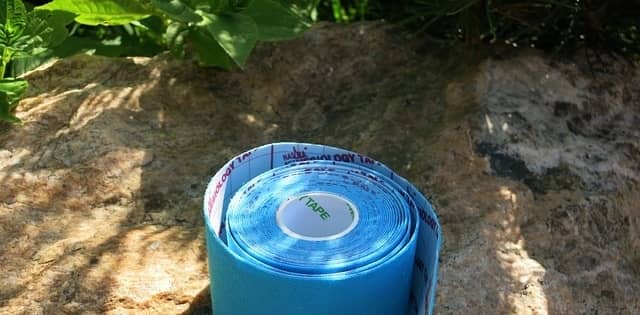
Tape Your Fingers
When you are playing volleyball, you’ll notice that a lot of players use tape on their fingers. Similar to using ankle braces, this is a personal preference. Some players believe that this is a preventative measure, stopping them from getting injured. It’s especially useful as a way of protecting against split fingertips, which can occur when you are applying a lot of pressure to dry fingers.
Here is the technique you’ll need to follow when taping your fingers:
- Decide how much of your finger you want to tape. In most cases, you’ll only need to cover the top of your finger.
- Cut the tape, leave a strip long enough to connect with the other side of the finger. As you are putting the tape in place, you should apply some pressure. This will help seal the cracks in your finger closed.
- Wrap with tape. Finish by wrapping tightly. Start at the base of the tape and work your way up to the top of the finger.
- Repeat the process on your other fingers.
Building Strength in Your Fingers
The best way of building strength in your fingers for setting is by… practicing setting! Like any repetitive activity, the more you do it, the better your tolerance. Of course, start off more easily, and build your way up to a full day tournament.
Dealing With Finger Injuries
Even though you might take preventative measures, there is still a risk that your fingers will get injured playing volleyball. You need to know how to deal with these circumstances, or you risk making the injury worse.
First, you need to be aware of the type of finger injury you received. Sometimes, you might just have strained the finger. In this case, you should be able to take a break for a while to give the muscle some time to recover. However, there’s a risk that you might have fractured your finger. In this case, you might need to put it in a cast to give the bone some time to heal.
The seriousness of the injury will also determine the way that you should treat it. If it is a minor injury, you should be able to deal with it at home. Just apply an ice pack for the pain and tape it to another finger for support.
For more serious injuries, though, you should seek professional treatment. Sometimes, you will need to put a cast over your finger. It might be a few weeks before you will be able to get back on the court.
Final Thoughts
Setting a volleyball is an essential skill. However, some players can report that the pressure of the ball can hurt their fingers. This is likely several reasons why this is happening. It will be linked to the way that you are holding your hands and your finger strength. The good news is that you can condition your body to better deal with the forces of volleyball. The more often you play, the less pain your fingers will be in.
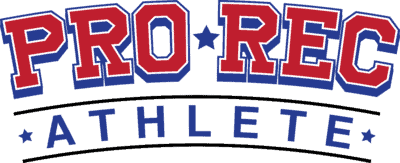
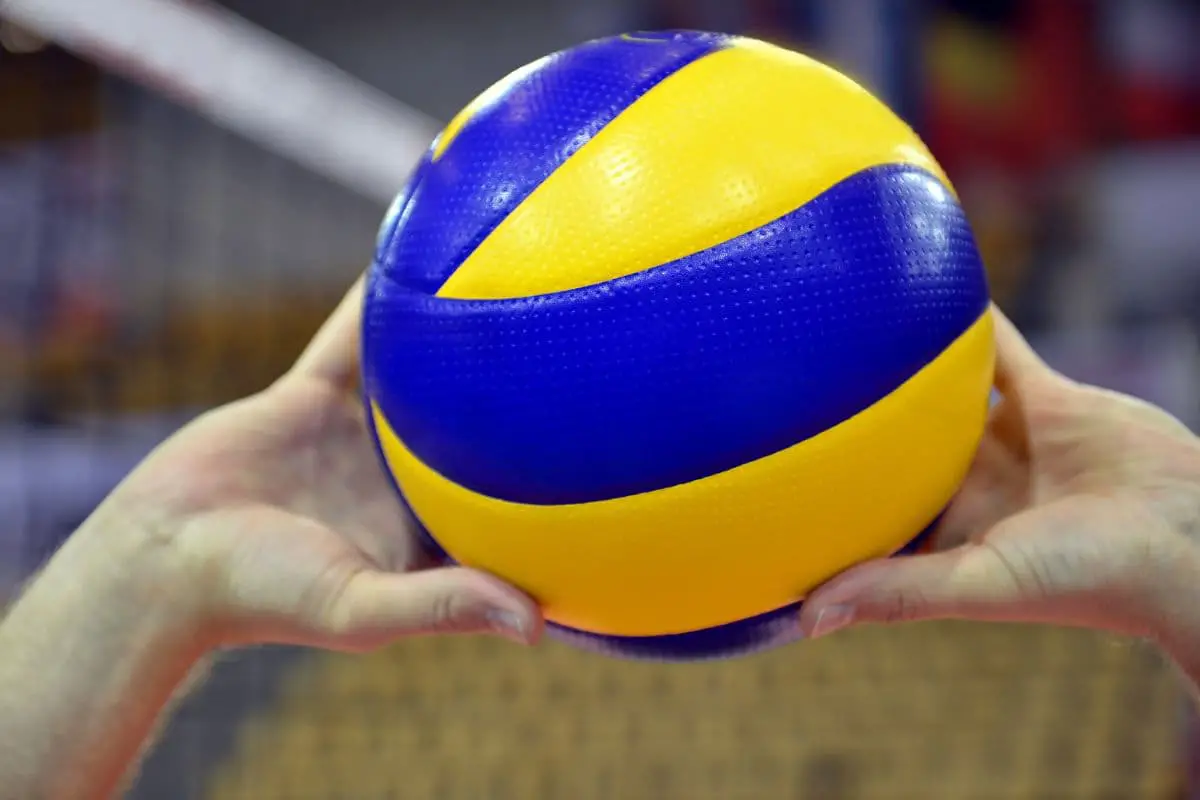
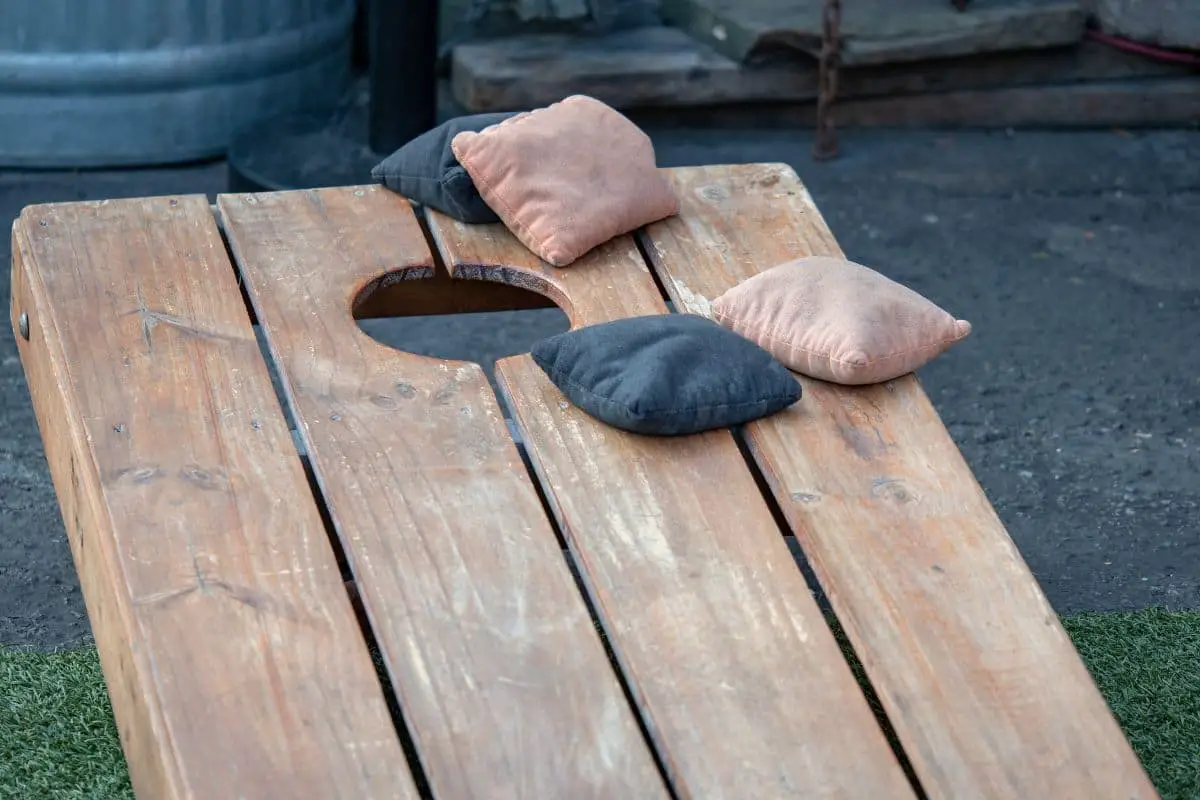
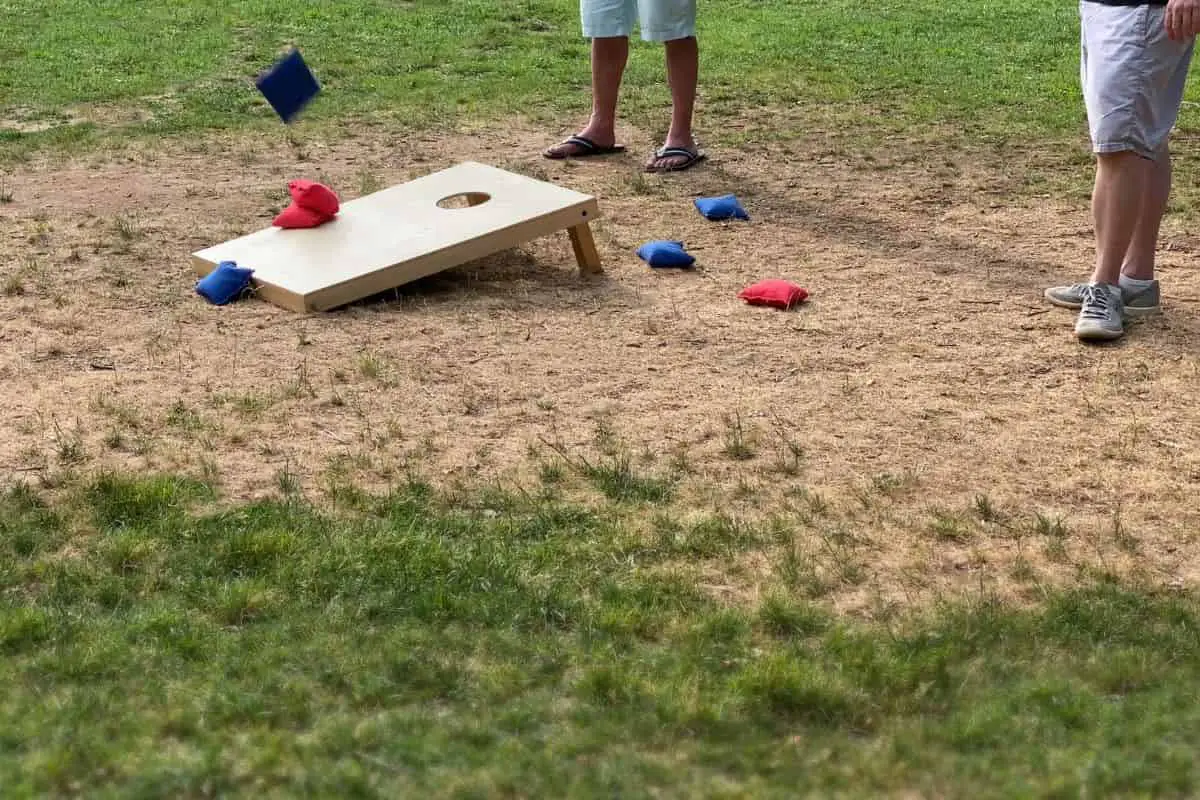
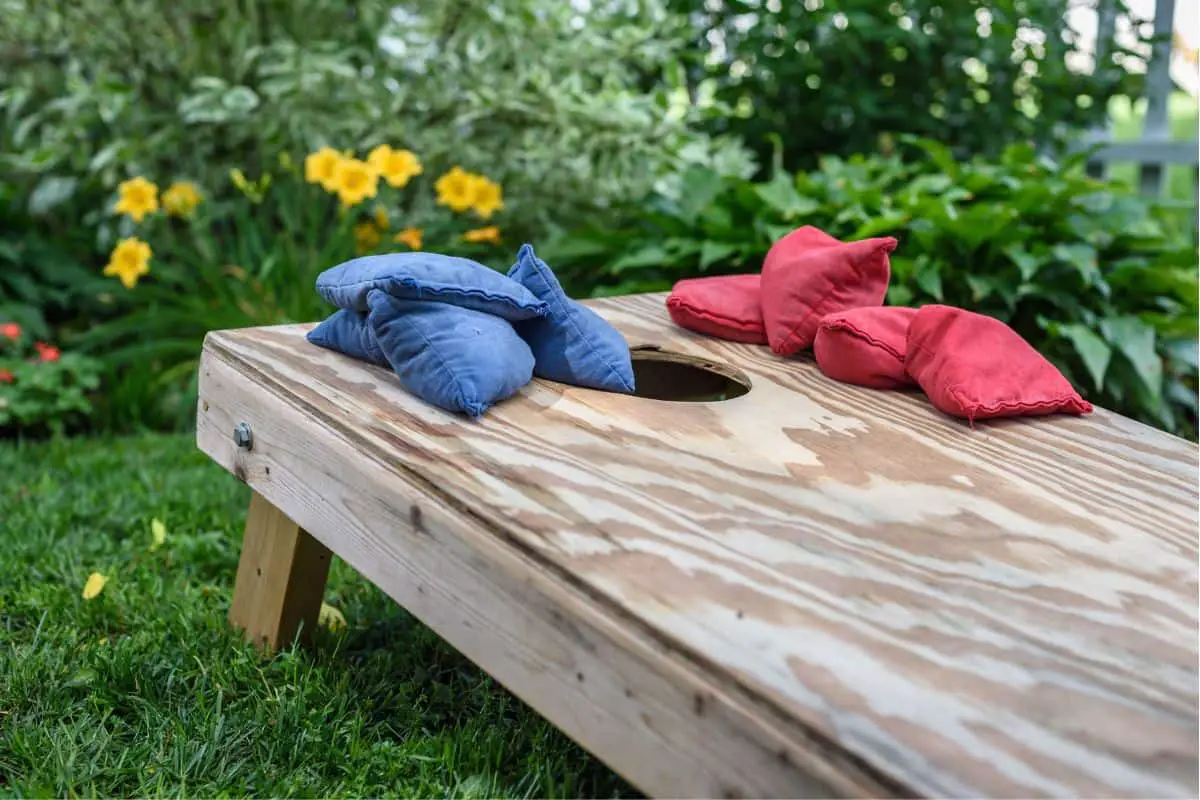
Leave a Reply
You must be logged in to post a comment.